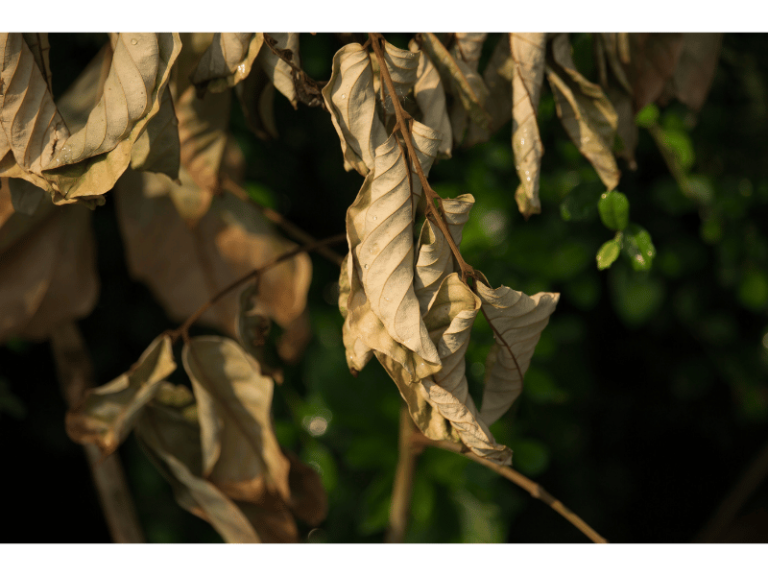If you often go out to observe nature, you will surely see that many plants have lush leaves, but once they bloom and bear fruit, the leaves wither.
Some plants, after flowering and fruiting, not only have withered leaves but the entire plant also dies. For example, shepherd’s purse is like this. When we dig it up to eat in early spring, it is very tender. However, by April or May, it blooms and bears fruit, then soon withers and dies. These types of plants are called annual plants because they complete their life cycle of sprouting, growing, and fruiting within a year.
There are also some plants that do not bloom and bear fruit in the first year but do so in the second year. Carrots and beets, for example, fall into this category. They are called biennial plants. Biennial plants also wither and die after flowering and fruiting.
There are a few plants that do not bloom for many years, but once they do, they immediately wither and die. These are called monocarpic perennial plants. Bamboo is like this; it rarely blooms, but when it does, it dies.
The above-mentioned types of plants share a common characteristic: they only bloom once in their lifetime, and after bearing fruit, they immediately die.
Why is this?
It turns out that after plants bear fruit, they have completed their life cycle, so the leaves or the entire plant wither.
However, there are many other plants that bloom and bear fruit every year without dying. Most trees fall into this category, known as polycarpic perennial plants. Although these plants do not die after bearing fruit each year, their leaves often wither. This is partly because by the time trees bear fruit, it is usually autumn, and the increasingly cold weather causes the leaves to wither. Another reason is that fruiting consumes a lot of nutrients, causing the leaves to wither due to malnutrition.
Therefore, experienced farmers often apply a heavy dose of fertilizer after fruiting to supplement the nutrient deficiency in the fruit trees.

